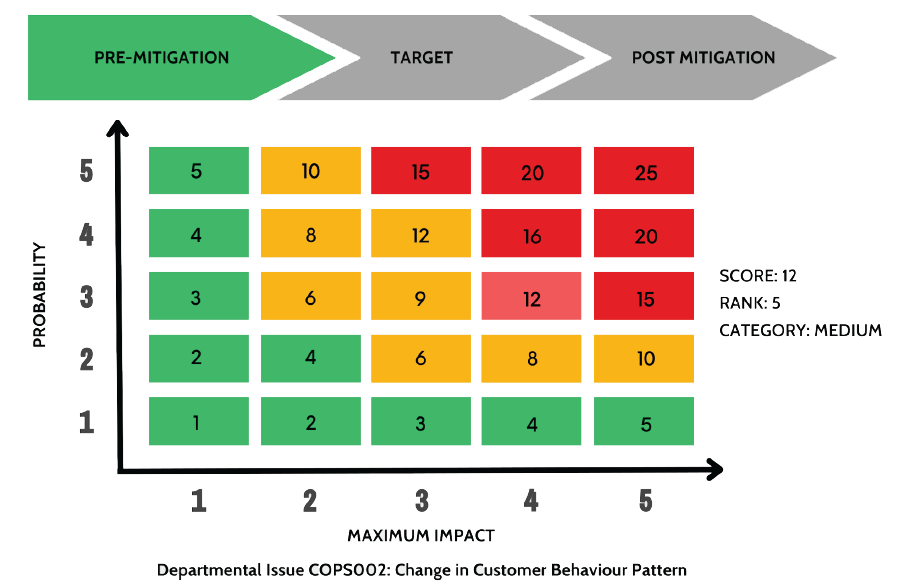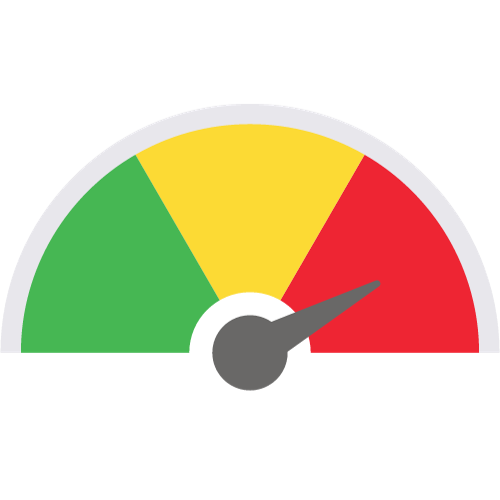Risk Identification
Create new risk items based on risk category, risk class, affected processes, affected departments, potential contributing factors and Risk ownership.
Risk Measurement
Measure Risks based on Probability of Occurrence and Impact Factor across 3 stages: Pre-Mitigation Stage is the Inherent Risk that we carry. Target risk rating is the risk level, that we want to achieve as per our Risk Appetite and Post Mitigation Stage where the residual risk score, that remains after optimum efforts to mitigate and control the risk have been introduced.
Risk Interaction & Prioritization
Identify related risks which has either a direct or indirect inter-linkage with the main risk. Inter-linkage signifies that if the main risk materializes then there is a probability or impact change that will get triggered in the interacting risk and vice versa.
Risk Mitigation
Listing of the Risk mitigation steps planned with measures which may address the problem in hand or the potential contributing factor. The frequency/ timeline is set for the process with individual ownership for each mitigation step.
Risk Controls
List the Key Risk Indicators (KRI) that potentially can impact an individual risk (max and min limits) with measurement on a regular basis along with and assigning ownership of the KRI with the responsible person.
















